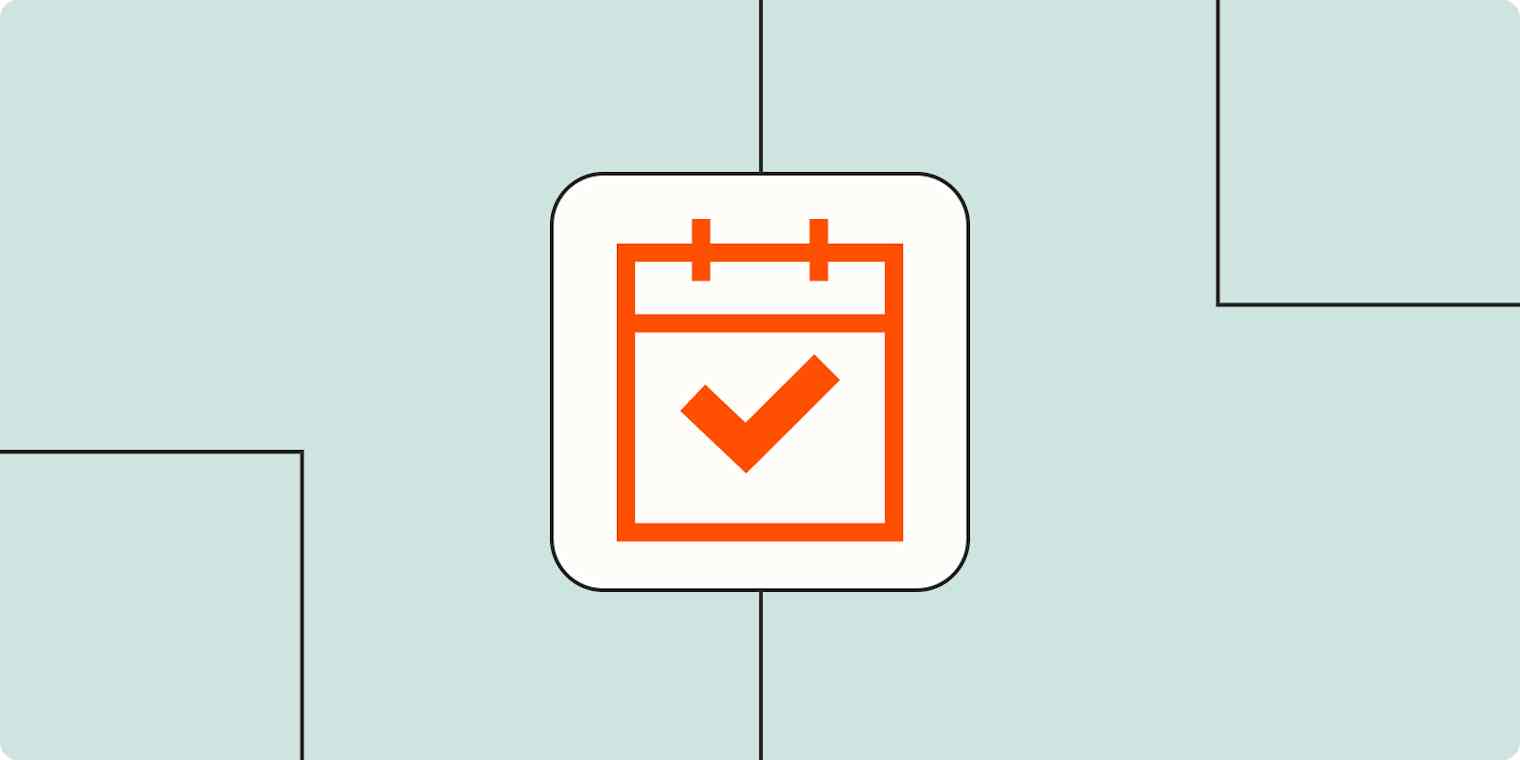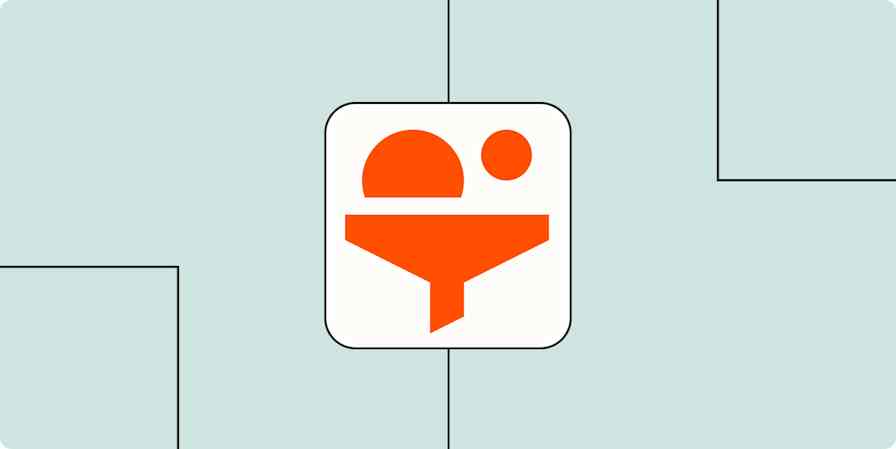Automation inspiration
5 min readCreate calendar events based on your sales pipeline stages
By Anna Burgess Yang · March 31, 2023

Get productivity tips delivered straight to your inbox
We’ll email you 1-3 times per week—and never share your information.
mentioned apps
Related articles
Improve your productivity automatically. Use Zapier to get your apps working together.









